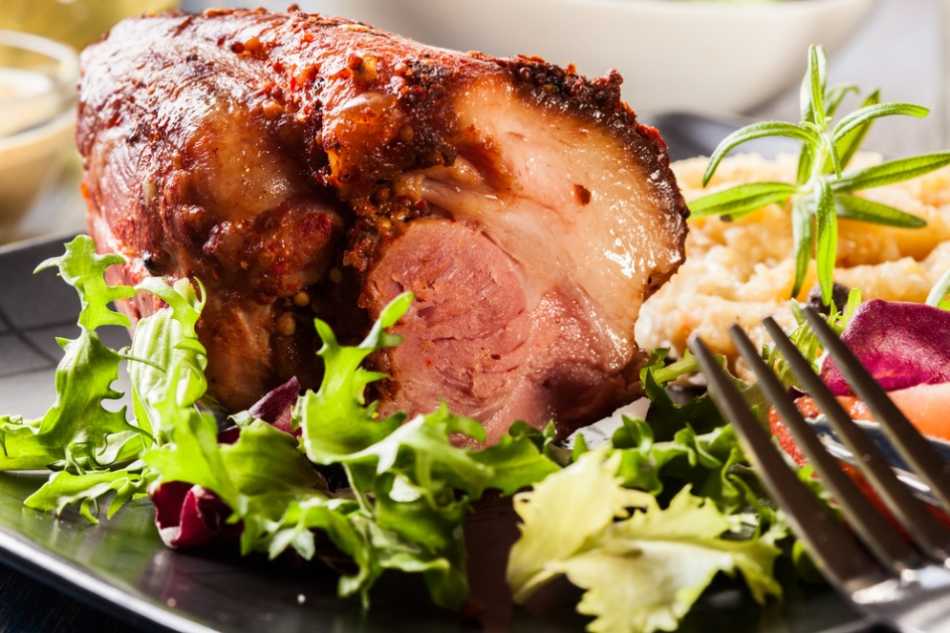TOP 10 popular dishes of the Czech Republic.

TOP 10 popular Czech dishes that are worth trying.
The Czech Republic is one of the most popular foreign destinations among tourists.
The architectural sights of ancient Czech cities, natural beauty, comfortable climate, good value for money and quality of rest attract here. And not the last place on this list is occupied by Czech cuisine!
Czechs love to eat well, their cuisine is quite simple, but filling, and portions in catering establishments are substantial. Prices in restaurants and cafes will pleasantly surprise tourists: having a drink and a meal in a good Prague establishment will cost less than in a similar class European or domestic restaurant.
The Czech Republic is especially beautiful in late summer and early autumn, and this is the peak time for Russian tourists. We have compiled a top list of popular Czech dishes in restaurants and cafes to help those planning to visit Prague and other Czech cities and towns in the near future.









